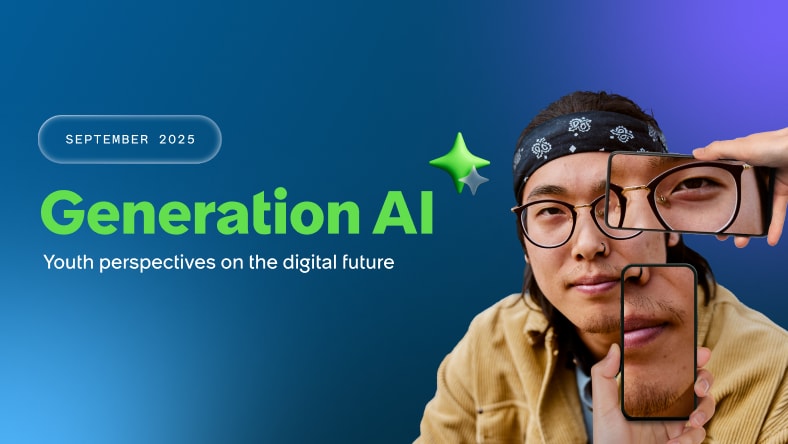The winners in this new era won’t be those who move fastest, but those who move with discipline and purpose.”
By Patrick Tam, Workflow contributor
The hype about artificial intelligence (AI) is not hyperbole. AI-driven tools and platforms are upending the way companies build products, serve customers, and measure success. Billion-dollar ideas can emerge seemingly overnight. The old barriers to innovation—complex approvals, endless build cycles, and siloed communication—are eroding fast.
For many leaders, this pace is exhilarating. For others, it’s daunting. But if there’s one lesson I’ve learned on the front lines of business transformation, it’s that rushing into AI without a strong foundation in operational excellence (OE) is a risky bet. OE originated at the beginning of the Industrial Revolution. This approach enables organizations to enhance performance through process optimization and continuous iteration. The winners in this new era won’t be those who move fastest, but those who move with discipline and purpose. And that starts with OE.
So how do we translate AI’s potential into consistently better outcomes? Let’s talk solutions—practical steps any organization can take starting today.
Related



